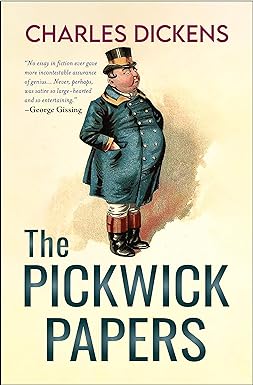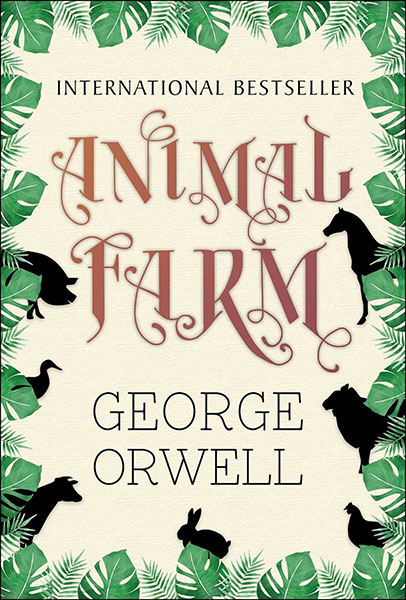
The Pickwick Papers
Published serially in 1836–37, ‘The Pickwick Papers’ was Dickens' first novel and its rousing success launched his lasting fame. This narrative of coach travel provides a vivid portrait of a world that was soon to vanish with the coming of the railroads. From the grim depiction of Fleet Prison to the exuberant account of the cricket match at Dingley Dell, the tales of the immortal Pickwick Club offer memorable scenes of nineteenth-century England. Mr. Pickwick, a convivial old gentleman, resolves that he and three other ‘Pickwickians’—Mr. Nathaniel Winkle, Mr. Augustus Snodgrass, and Mr. Tracy Tupman—should travel beyond London to add to their experiences of the quaint and curious phenomena of life. The friends traverse the countryside of Georgian England, where their comic misadventures include an encounter with highwaymen, romantic entanglements, and a challenge to a duel. Best of all, they meet Sam Weller, the Cockney valet whose comic philosophy forms the joyous soul of this picaresque romp.
BEST DEALS
About the Author
Charles John Huffam Dickens (1812-1870) was a writer and social critic who created some of the world's best-known fictional characters and is regarded as the greatest novelist of the Victorian era. His works enjoyed unprecedented popularity during his lifetime, and by the twentieth century critics and scholars had recognised him as a literary genius. His novels and short stories enjoy lasting popularity.
Dickens left school to work in a factory when his father was incarcerated in a debtors' prison. Despite his lack of formal education, he edited a weekly journal for 20 years, wrote 15 novels, five novellas, hundreds of short stories and non-fiction articles, lectured and performed extensively, was an indefatigable letter writer, and campaigned vigorously for children's rights, education, and other social reforms.
Dickens was regarded as the literary colossus of his age. His 1843 novella, A Christmas Carol, remains popular and continues to inspire adaptations in every artistic genre. Oliver Twist and Great Expectations are also frequently adapted, and, like many of his novels, evoke images of early Victorian London. His 1859 novel, A Tale of Two Cities, set in London and Paris, is his best-known work of historical fiction. Dickens's creative genius has been praised by fellow writers—from Leo Tolstoy to George Orwell and G. K. Chesterton—for its realism, comedy, prose style, unique characterisations, and social criticism. On the other hand, Oscar Wilde, Henry James, and Virginia Woolf complained of a lack of psychological depth, loose writing, and a vein of saccharine sentimentalism. The term Dickensian is used to describe something that is reminiscent of Dickens and his writings, such as poor social conditions or comically repulsive characters.
On 8 June 1870, Dickens suffered another stroke at his home after a full day's work on Edwin Drood. He never regained consciousness, and the next day he died at Gad's Hill Place. Contrary to his wish to be buried at Rochester Cathedral "in an inexpensive, unostentatious, and strictly private manner," he was laid to rest in the Poets' Corner of Westminster Abbey. A printed epitaph circulated at the time of the funeral reads: "To the Memory of Charles Dickens (England's most popular author) who died at his residence, Higham, near Rochester, Kent, 9 June 1870, aged 58 years. He was a sympathiser with the poor, the suffering, and the oppressed; and by his death, one of England's greatest writers is lost to the world." His last words were: "On the ground", in response to his sister-in-law Georgina's request that he lie down.












